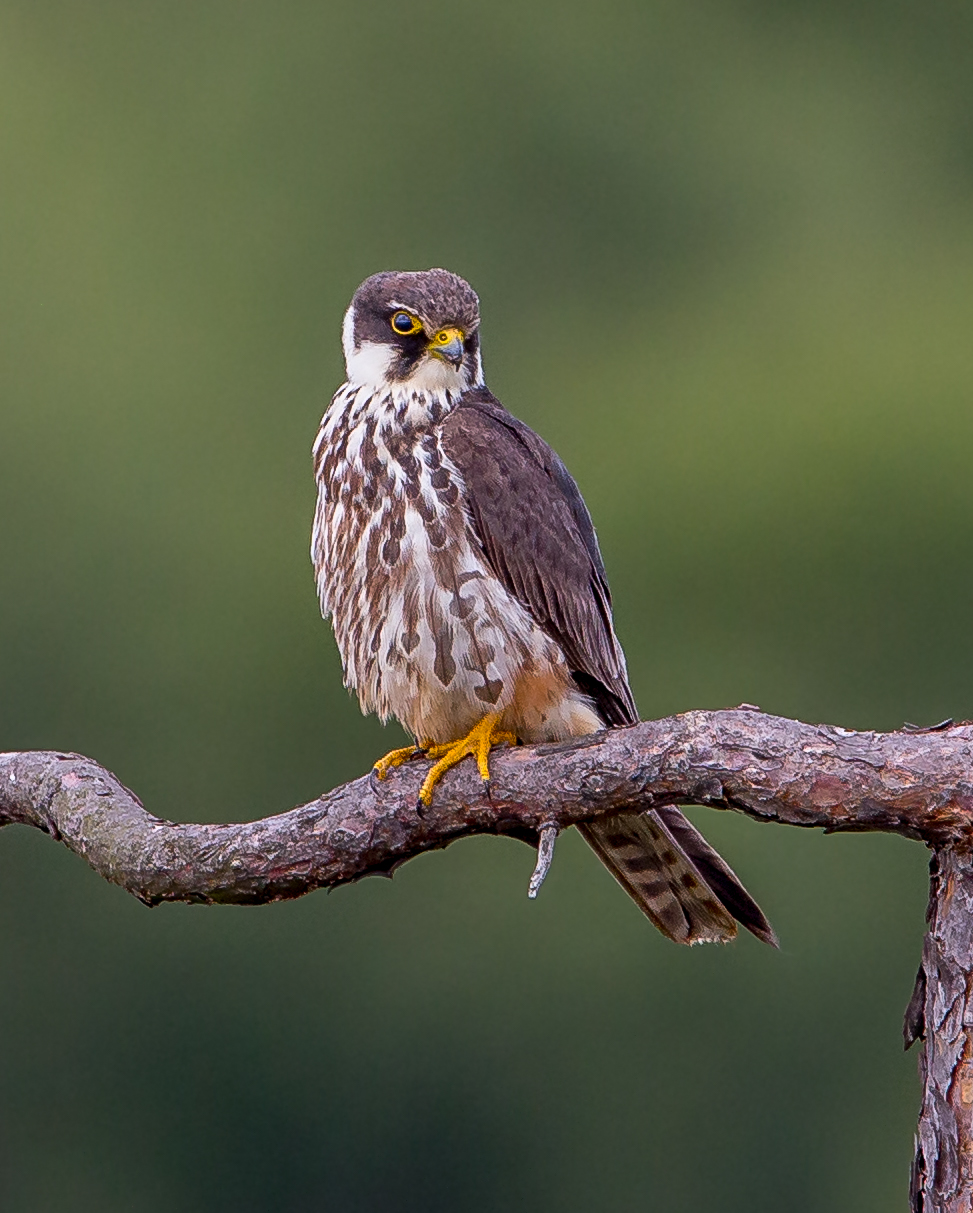One of the main functions of protected areas is to support viable animal and plant populations, especially of endangered species, and shield them from major anthropogenic pressures on the environment. However, this role is increasingly under scrutiny. Managing protected areas is expensive and the limited fundings reinforce the need to ensure their cost-effectiveness and efficacy. A new study from the Doñana Biological Station – CSIC documents the alarming extinction of a small falcon, the Eurasian hobby (Falco subbuteo), in Doñana National Park, an iconic protected area renowned for its rich predator community.
The protected area of Doñana used to host an important hobby population of 50 to 60 pairs in the 80ties that acted as unique specialist hunter of swifts and dragonflies. This diet implied a unique niche within the raptor assemblage and frequent ranging over agricultural areas surrounding the park. The high density of other raptors likely constrained habitat availability. Predation of eggs and chicks was the main cause of breeding failure, and hatching and breeding success were always low, especially in dry years, and declined progressively through time.
The research team estimated that hobbies declined rapidly after 2000 and went extinct around 2015 and suggest the synergistic contribution of prey depletion, farmland intensification, chemical contamination, predation, and climate warming to be the cause. Lack of detailed monitoring prevented a clear assessment of the relative role of these factors, but most of them seemed traceable to farming practices and climate change, i.e. large-scale drivers generated outside the Park.
The documented extinction is alarming because this species is not particularly exigent, it may imply widespread declines of other species. For instance, the red kite (Milvus milvus), with extremely different ecological requirements, has been predicted to go extinct in Doñana over the next decade, suggesting mountain, broad-level pressures affecting the whole ecosystem. Therefore, declines of many species could be occurring undetected in many less monitored and less resourced protected areas
This unforeseen, rapid extinction in a protected areas that dedicates much effort to raptor management offers broad-scale reflections. Climate change and growing anthropogenic pressures will make unexpected species losses increasingly common in protected areas, which will face growing difficulties in identifying decline-drivers and in performing their protective task. Increased knowledge, quality monitoring, and rapid management action will be needed for protected areas to deliver their role, but this will require increased funding.
Reference:
Sergio, F, Blas, J, Tanferna, A. & Hiraldo, F. Protected areas enter a new era of uncertain challenges: extinction of a non-exigent falcon in Doñana National Park. Animal Conservation. 2021. https://doi.org/10.1111/acv.12752
https://doi.org/10.1111/acv.12752








 ¡Abierta convocatoria para proyectos de investigación en la ICTS- Doñana!
¡Abierta convocatoria para proyectos de investigación en la ICTS- Doñana!


